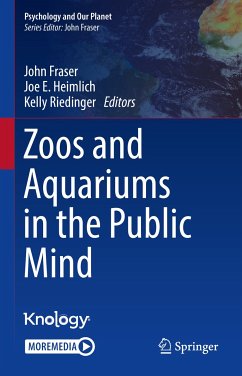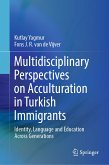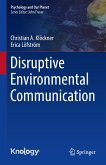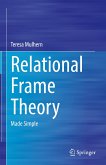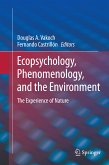This book summarizes a range of psychological research into how zoos and aquariums operate in the minds of visitors and the broader public. Bringing together core findings from emerging international research, the book provides data-based summaries that situate the content in the larger context of how cultural institutions shape public understanding. The focus of this book is to bring into a single resource, the major strains of research that have explored how zoos and aquariums are situated in public consciousness, to ground the discourses around what zoos and aquariums do in the empirical data and evidence, and to find opportunities to summarize well-established fact to support future research expanding on the known.
Among the topics discussed:
- History of zoo and aquarium development
- The role of zoos and aquariums in environmental literacy
- Empathy development at zoos
- Applying behavior change theories to the zoo visitor's experience
- Social radiation of ideas from cultural institutions
Professional practitioners, zoo industry professionals, and business leaders will find this book an invaluable guide to the psychological literature surrounding the zoo industry.
Dieser Download kann aus rechtlichen Gründen nur mit Rechnungsadresse in A, B, BG, CY, CZ, D, DK, EW, E, FIN, F, GR, HR, H, IRL, I, LT, L, LR, M, NL, PL, P, R, S, SLO, SK ausgeliefert werden.

